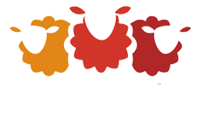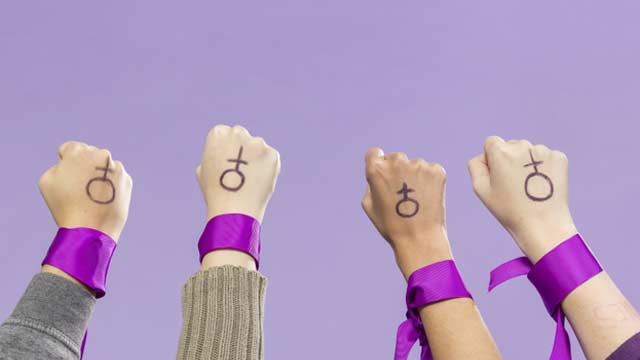Turning Toward Instead of Away- The Emotional Bank Account
We all pay attention to your financial bank accounts—the deposits and withdrawals, the interest and penalties. After all money does the world go round…. But does it?
Are we mindful of our relationships, both at work and at home, that help us become better professional, and human beings. That help us better be at work, and better versions of ourselves?
Are aware of our emotional bank account?
Emotional bank accounts are the investments we make in relationships. The deposits we make when we help some one out, or support them, mentor them, give them a shoulder to lean on. The withdrawals are when we seek help. The balance of the two is our emotional bank account (EBA).
What is Emotional Bank Account?
Stephen Covey (The Seven Habits of Highly Effective People) uses the metaphor of Emotional Bank Account to describe the amount of trust that’s been built up in a relationship. This is one of the most powerful concepts to date on building relationships based on trust. The basic tenet of this simple yet profound principle is that we maintain a personal “emotional” bank account with anyone who works or relates with us.
This concept is powerful because it transcends time, space and hierarchy; that is; it doesn’t matter whether you are the office cleaner, middle, senior management, or the boss. Thus, a kind word from anyone in the office to another person of any level is a deposit. When you do anything nice to anyone in your office without expectation of any good in return, that is a deposit. This includes making a nice cup of coffee for your busy colleague or offering free rides to your colleagues because it’s ‘along the way.’ Also, when you relate to your potential client as a flesh and blood human being rather than your potential bottom line, you are making a deposit.
The deposits do not stop there as it transcends time and space: After work, there are the ‘inner-circle’ people whom we relate to and love. A loving hug and a listening ear for our loved ones is definitely a deposit.
Stephen Covey describes 6 major ways of making deposits on the Emotional Bank Account:
-
- Understanding the individual
- Attending to little things
- Keeping commitments
- Clarifying expectations;
- Showing personal integrity
- Apologizing sincerely when you make a “withdrawal”
What can we learn from the EBA?
What can we take away from the concept of the EBA? We are reminded that people, not material possessions, are the real deal. Walt Disney is right when he says: “You can design and create, and build the most wonderful place in the world. But it takes people to make the dream a reality”.
Secondly, the EBA reminds us to be ‘other-centered’. Being other-centered is the first step to ‘seeking first to understand, then to be understood.’ If we constantly make deposits into the accounts of everyone whom we interact with everyday, the account (trust) will be healthy and so will the relationship.
When your trust level is high, because you’ve made lots of deposits, communication is almost effortless. You can be yourself, and others understand and appreciate you. Then, when you make mistakes or offend someone unexpectedly, you draw on that reserve and the relationship still maintains a solid level of trust.
Conversely, when you are discourteous, disrespect others, interrupt others, speak sarcastically or ignore others, your emotional bank account becomes overdrawn because you have jeopardized the trust level. When the trust level is low, you have to be very careful of what you say; you tend to be more political.
Gottman concept of emotional bank account
According to the Gottman Institute, a relationship and counseling program who championed the idea of an emotional bank account in relationships, the key is to keep a ratio of 5:1. That’s five deposits for every ONE withdrawal. But that’s just in times of conflict or stress (like bedtime routine!). Otherwise a 20:1 ratio is ideal for everyday interactions! TWENTY!
This 5:1 ratio does suggest that you still need to say and do five positive things for every negative thing, even during an argument.
Emotional Bank Account at Work
When it comes to relationships at work, we make similar kinds of deposits or withdrawals in what is called an Emotional Bank Account (EBA). When the EBA balance is high, so is the resulting level of trust—and so is your ability to achieve the results you’re measured by. When the balance is low, trust plummets, the quality of your work suffers or slows down, and relationships suffer.
Below are the tips to build a strong emotional bank account at work:
1. Never deposit to withdraw – While there are similarities between a traditional bank account and an Emotional Bank Account, you should never accumulate a high emotional balance in order to make planned withdrawals later.
2. Know the other person’s currency – We all have individual forms of currency we’re willing to accept. What amounts to a deposit for one person in the office can be meaningless for another. Take time to learn what the important people in your workplace consider a deposit.
3. Communicate your own currency. You can’t expect people to read your mind. In the fast-paced world of work, it can cost you plenty if you do. Clarify and communicate your expectations before, during, and after every project. Doing so sets everyone up for success.
4. Make small, consistent deposits over time -Relationships grow in security and trust when they are built with frequent, meaningful contributions rather than occasional grand gestures. You need to draw from the deep well of deposits to turn a situation around.
5. Right wrongs: A piece of Eastern wisdom says, if you’re going to bow, bow low. In other words, when you mess up, make a sincere apology. There’s nothing more meaningful than admitting a mistake without making excuses for it. Doing so can be a huge deposit in the EBA of another, and an experience that will build strong trust.
By applying these tips for building healthy Emotional Bank Accounts, you not only develop habits of good character out of the meaningful deposits you make, but you build the kind of security and trust that can weather the mistakes of unintentional withdrawals in the future.












